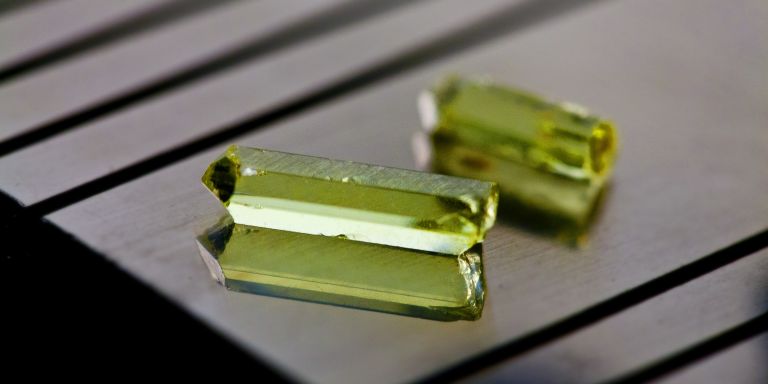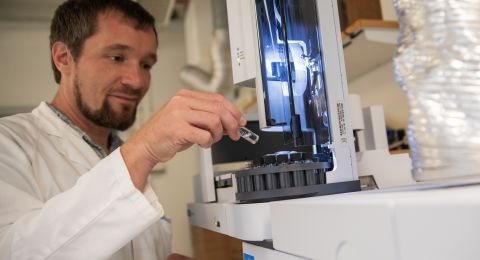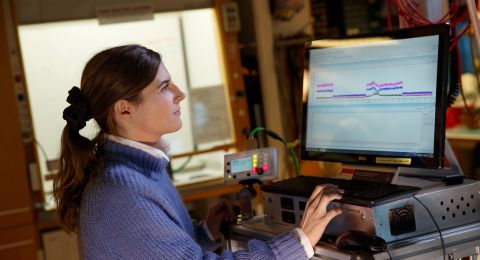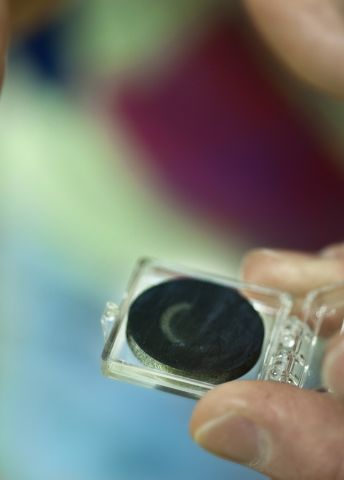
Project Grants 2012
Early Planetary Evolution
Principal investigator:
Martin Whitehouse
Co-investigator:
Alexander Nemchin, Curtin University, Perth, Australia
Institution:
Swedish Museum of Natural History
Grant in SEK:
SEK 13 million over five years
Crystals of zircon are incredibly durable. Once they have formed, no natural erosion process affects them. Consequently, they are like a small time capsule from the time that they were formed. They are also easy to date. They contain radioactive uranium that decays into lead. The older the zircon, the more lead there is in the crystal.
“There is zircon that has survived from the early solar system,” says Martin Whitehouse, geologist and researcher at the Swedish Museum of Natural History.
He coordinates a Wallenberg-financed project where researchers will now use these time capsules to try to understand what the Earth looked like before the continents formed, when the Earth was still filled with hot volcanoes.
“The question is what happened when the Earth developed from having been covered by an ocean of magma to the Earth we see today,” says Martin Whitehouse.
The continental plates that drift around on the Earth surface began to be formed around 3.8 billion years ago. But what the Earth looked like before the continents arose is a mystery. Continental drift has destroyed all evidence from this period; when the plates collided with each other, the traces were eaten up. All traces - but one.
Unique crystals can tell about Earth's history
In Jack Hills, a chain of cliffs in northwestern Australia, researchers have found small pinkish crystals of zircon, only 0.1-0.2 millimeters in diameter, those are up to 4.4 billion years old.
“It is a true mystery. Nobody knows why they are right there. There is nothing else that indicates that Jack Hills consists of special rocks,” says Martin Whitehouse.
On the contrary, the rock is quite young otherwise. It is a sedimentary rock type that is only around three billion years old. Most of the zircon crystals are also relatively young, only up to about 3.6 billion years old. But around five percent come from a much earlier epoch of the Earth's history.
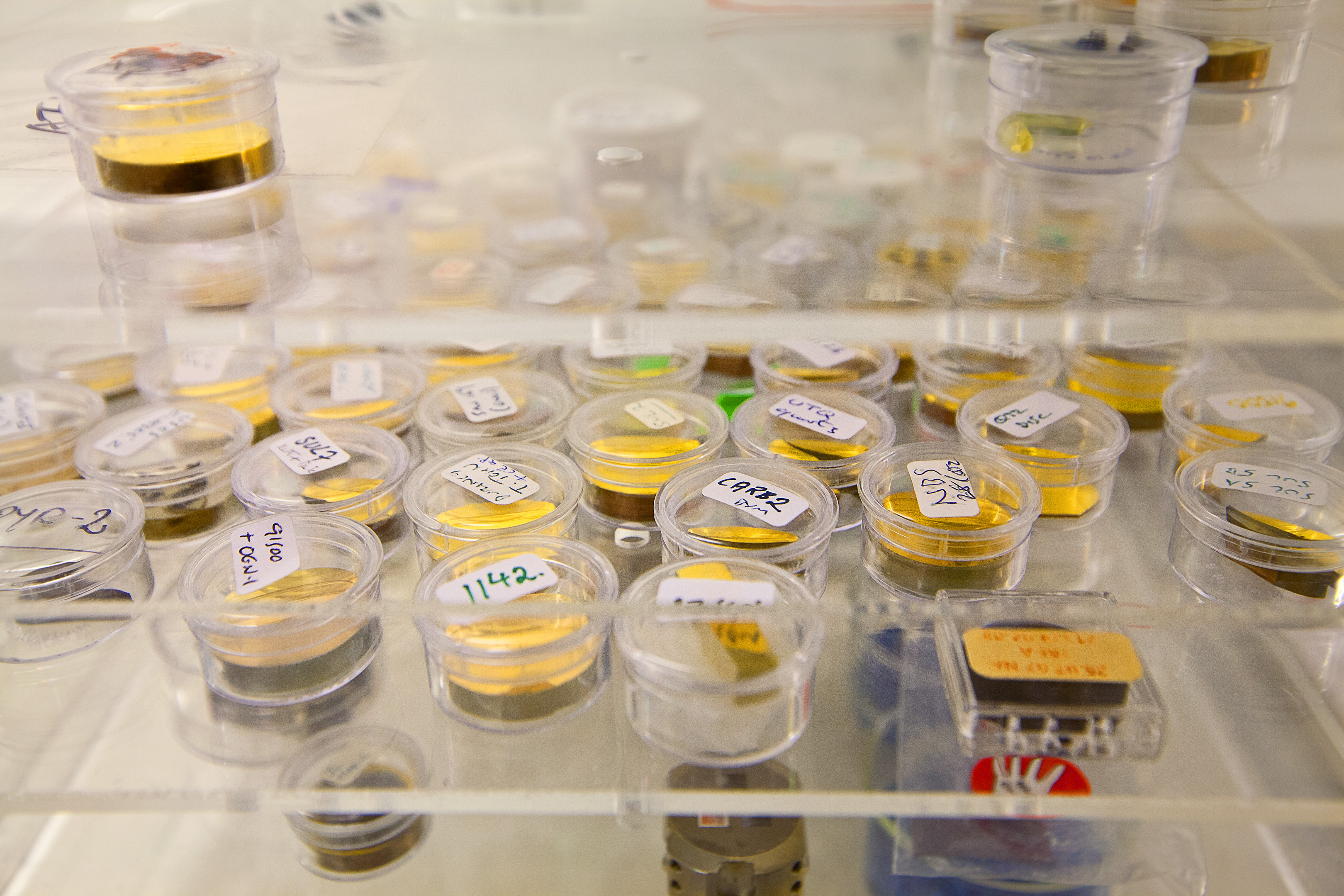
This indicates an important thing to the researchers: there must have also been granite-like rock types on Earth 4.4 billion years ago.
“The Earth's crust contains no zircons. For these to form, a mineral is needed that contains a great deal of silicate, such as granite,” says Martin Whitehouse.
Granite is formed when basalt begins to melt
On Earth today, granite is formed when, for instance, the Pacific Ocean's thin continental plate, made of basalt, is pushed in below South America. When the basalt is pushed down towards Earth's interior, it is heated up by the crust and partially melts. Granite is formed from this half-melted rock. But how can a granite-like rock type have formed when there was no continental drift on Earth?
Martin Whitehouse believes that the granite may have formed inside the layer of basalt that must have covered the Earth in its youth. When magma solidifies, basalt is formed and at the places that the layer became very thick, the high temperature could have melted the basalt. Another explanation may be that the meteorites that often struck Earth in this period may have warmed up the basalt.
“Pockets of granite may have been formed. They were not as large as the Andes, but they might have been as large as this museum,” says Martin Whitehouse and refers to the gigantic building he works in.
Comparisons with zircon the moon provides new clues
In the cellar of the Swedish Museum of Natural History, there is a machine that he will now use to test his hypotheses: the most modern model of a mass spectrometer. The researchers shoot powerful beams of cesium or oxygen ions at the crystals. When the beams hit the zircon, they will strike off atoms from the crystal. The mass spectrometer analyses what kind of atoms they are: what element and what isotope. One thing Martin Whitehouse is curious about is what oxygen isotopes are in the crystals.
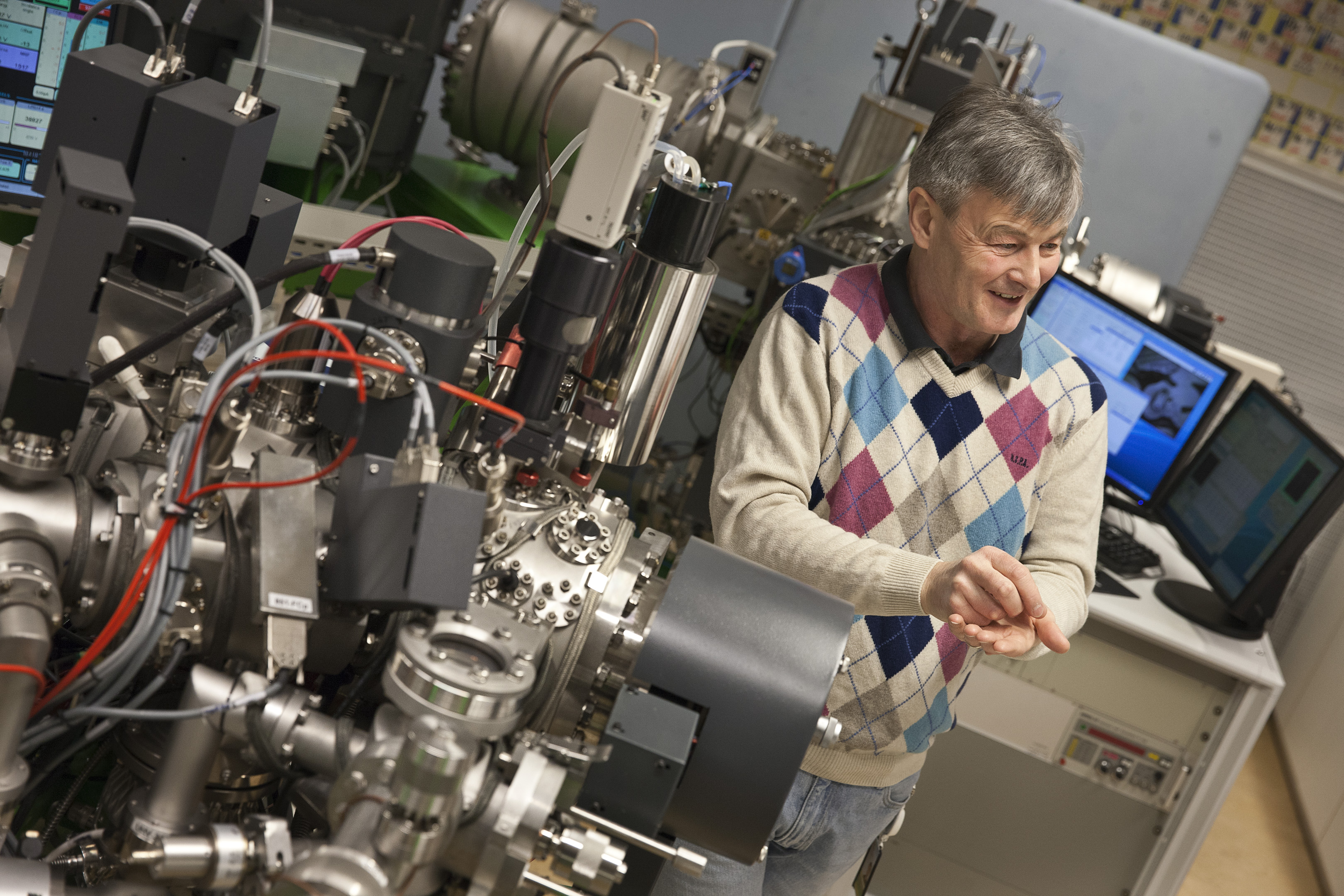
“It can tell us if water was involved in the process when the basalt melted. That way, we will have an idea of what it looked like around the time of the melt,” he says.
He will also analyze zircon crystals from other parts of Earth, but also those from the moon.
“The moon has developed from a piece of the Earth. Because there is no continental drift on the moon, older minerals have been preserved there,” says Martin Whitehouse.
The comparison with these zircons can hopefully provide a clue about how the crystals in Jack Hills were formed. We might then get a bit more knowledge of what the Earth looked like in its youth, before she was wrinkled by continental drift.
Text Ann Fernholm
Translation Semantix
Photo Magnus Bergström
